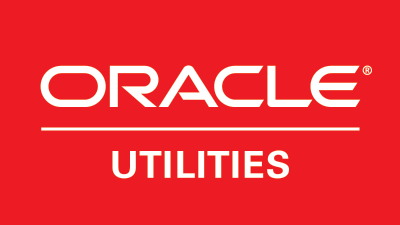Utility Cloud Maturity
Select from any of the segments in the maturity curve to read more.
People
IT and software decision making is siloed and viewed as an O&M expense.
Process
IT infrastructure, software, and data is all run on-premises.
Technology/ Infrastructure
Enterprise, customer, and grid software is run on in-house or legacy on-premises systems.
People
IO or CTO and senior leadership develop road map for how to approach Cloud.
Process
Utilities develop an organizational structure that promotes cross-functional planning and optimizes their on-premises infrastructure and pave the way for a future move to Cloud.
Technology/ Infrastructure
Most, if not all, of the IT Infrastructure and applications remain on-premises.
People
Develop an IT structure that promotes cross-functional planning and operations.
Process
Utilities are embracing new software and tools that focus on improving back office efficiency and operations.
Technology/ Infrastructure
Utilities start to deploy business enterprise applications in the Cloud like ERP, Human Capital Management, and Supply Chain. To meet rising customer expectations, utilities start to move customer experience to the Cloud.
People
To attract the digital worker of the future, utilities need to operate with the most efficient back-end systems.
Process
Utilities are embracing new software and tools that focus on improving efficiency, reliability, and customer- centricity.
Cloud technology, fully integrated back-office systems, and deep vertical solutions are all ready to maximize visibility of the utility system.
Technology/ Infrastructure
Utilities move key customer software applications to the cloud like CRM, CIS, and customer experience.
People
The IT team has fostered a culture of innovation that allows for OT and customer-focused members of the utility to access critical information through the Cloud.
Process
Using the Cloud, utilities can move away from silos to a single, integrated platform. They can collect, share, and analyze accurate data as a single organization, for example, gaining insights and predicting usage to improve efficiency and supply management.
Technology/ Infrastructure
The utility begins to move operational critical infrastructure data and software to the Cloud.
People
Cloud to human and human to machine augmented intelligence allows for automated innovation and process optimization.
Process
Utilities are developing processes across different business units to allow for empowered decision making that drive towards enterprise wide digital integration.
This can only be accomplished with the flexibility and agility that Cloud systems provide.
Technology/ Infrastructure
Using sensors, smart meters, and other technologies, utilities can monitor distribution and detect consumption patterns to deliver impactful, connected customer services. With more data coming in, artificial intelligence and IoT technologies will provide actionable insights that boost response times.
The Utility in the Cloud
What is driving investment and deployment of Cloud computing systems?
Utilities recognize that customers are demanding the highest level of a frictionless Customer Experience. They see the need to transform their business model to ensure long-term profitability and remain relevant.
Expected benefits.
Utilities believe the main benefits of moving to the Cloud will center around innovation, technological flexibility, and a more efficient expenditure on their IT infrastructure.
What are the biggest barriers to using or expanding Cloud computing?
Security and privacy are the two biggest concerns for utilities as they approach their decision to move to the Cloud.
However, the concern around both has gone down as the technology has become more widespread. Utilities should remain vigilant to security and privacy regardless of whether IT infrastructure is hosted on-premises or in the Cloud
71% of utilities are already using Cloud computing in some capacity.
Utilities can use the digital maturity model to strategically prepare for more adoption by focusing on:
Digital Integration:
By effectively thinking about how to best collect, manage, and analyze data at the edge, utilities will be better prepared for faster adoption.
Developing Partnerships:
Utilities should work with solution providers who can help answer technology specific questions that focus on driving better business outcomes.
Fostering Innovation Catalysts:
Utilities should work to hire digital-centric individuals who can collaborate with the existing team to address current challenges of the industry through innovation.
For more information, download our white paper: The Acceleration of Cloud Computing for utilities.

